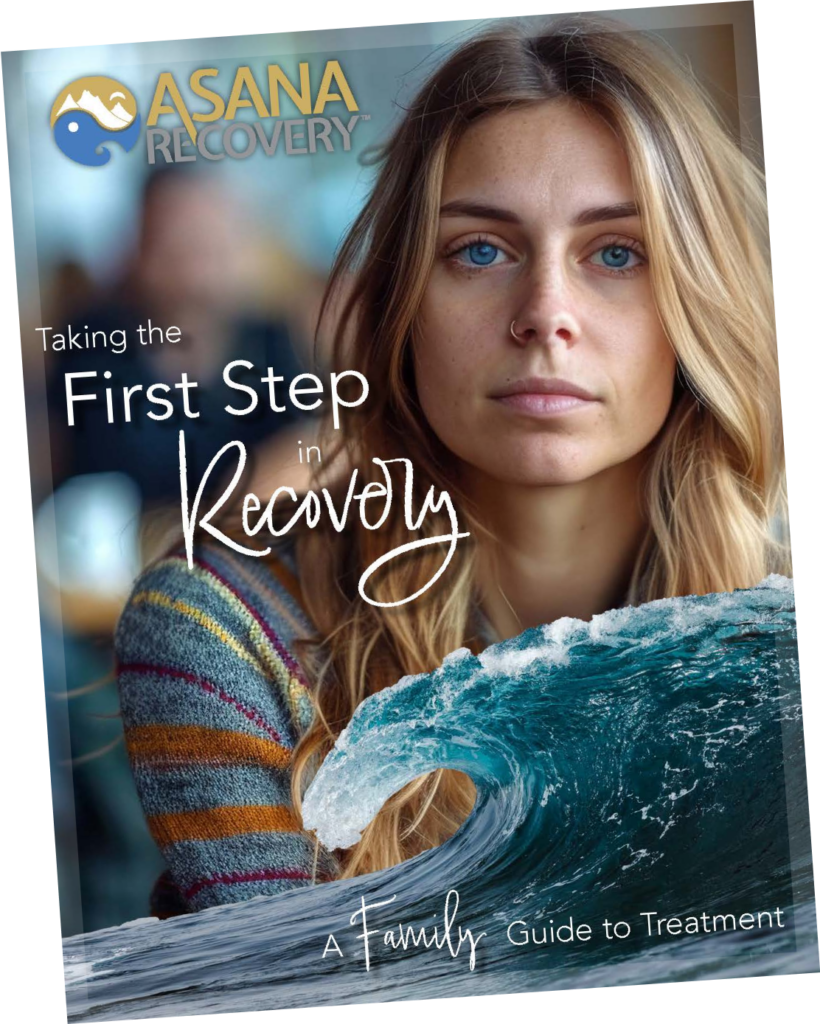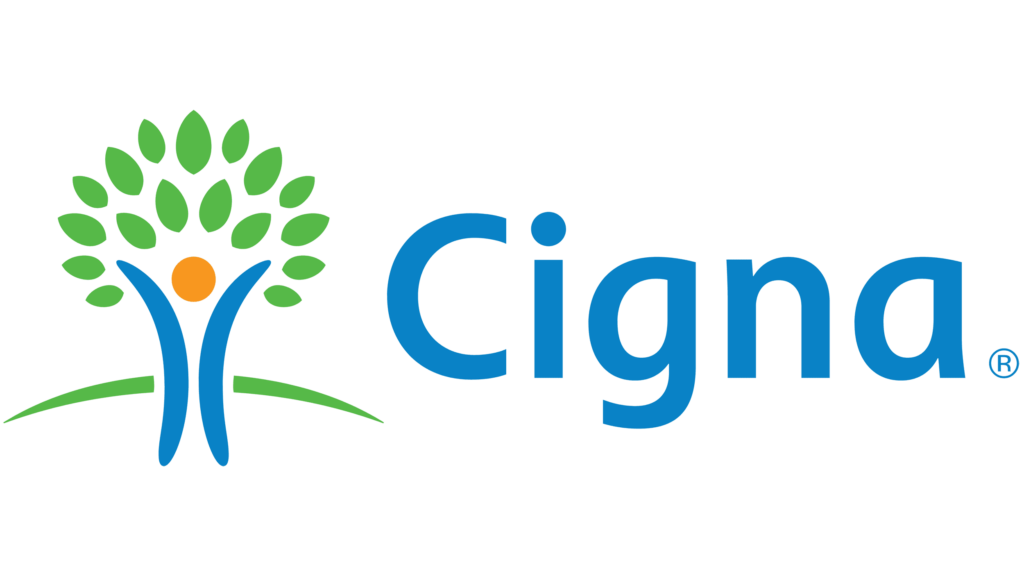Cyclobenzaprine hydrochloride tablets serve as an adjunct treatment alongside rest and physical therapy for muscle spasms associated with acute, painful musculoskeletal conditions. The medication demonstrates effectiveness through measurable improvements, including relief of muscle spasm, reduction in pain, decreased tenderness, and enhanced range of motion. These benefits directly contribute to improved daily living activities for patients suffering from acute musculoskeletal pain.
The standard recommended dosage follows a structured approach, with most patients receiving 5 mg three times daily. Healthcare providers may adjust this dosage up to 10 mg three times daily based on individual patient response and needs. Treatment duration typically spans two to three weeks, as extended use lacks sufficient evidence for effectiveness.
Elderly patients and those with hepatic impairment require special attention when prescribing cyclobenzaprine. For these populations, healthcare providers should initiate treatment at lower doses and implement slower titration schedules. In patients with hepatic impairment, pharmacokinetic studies have shown approximately doubled AUC and Cmax values compared to healthy controls.
Asana Recovery works with most PPO plans, covering up to 100%. See if your insurance can help fund your journey. Click below to get a free quote.
The medication’s safety profile necessitates careful consideration, particularly regarding its potential impact on mental and physical abilities. Patients should exercise caution when operating machinery or driving, especially when combining cyclobenzaprine with alcohol or other CNS depressants. The elderly population faces an increased frequency and severity of adverse events, both with cyclobenzaprine alone and in combination with other medications.
Research demonstrates the medication’s efficacy through controlled studies. Both 5 mg and 10 mg doses show statistically significant superiority over placebo for primary endpoints, with improvements notable as early as day 3 or 4 of treatment. Physician assessments confirm greater reduction in palpable muscle spasm compared to placebo, and clinical improvement occurs regardless of sedation effects.
While cyclobenzaprine proves effective for short-term use, its application beyond two to three weeks is not recommended. The maximum daily dosage should not exceed 30 mg over 24 hours to prevent adverse effects or potential overdose. Regular monitoring and assessment of patient response help optimize therapeutic outcomes while minimizing potential risks.
The medication shows varying applications across age groups. While effective for adults and adolescents aged 15-17 years at doses of 5-10 mg taken three times daily, it is not prescribed for children under 15 years of age. Elderly patients often require modified dosing schedules due to altered drug metabolism and increased sensitivity to side effects.
For optimal results, cyclobenzaprine should be integrated into a comprehensive treatment approach that includes rest and physical therapy. This multimodal strategy enhances recovery from acute musculoskeletal conditions while minimizing the risk of dependency or reduced effectiveness over time.
We get it. Addiction recovery is tough. That’s why our programs are founded and staffed by people in recovery – people who truly understand.
Cyclobenzaprine (Teva 3225) can offer relief for acute muscle pain and spasms, but understanding its correct use and managing potential side effects is essential. If you’re concerned about dependency, side effects, or combining this medication with other treatments, Asana Recovery provides tailored support for those seeking guidance.
At Asana Recovery, we specialize in helping individuals navigate medication management safely, offering expert advice and a compassionate approach. Whether you’re seeking alternative treatments or managing side effects, our team is here to help you every step of the way.
Take the first step toward better health. Contact Asana Recovery today to learn how we can support you in finding effective, sustainable solutions for your pain management and overall well-being.
Take your first step towards lasting recovery. At Asana, we offer effective, insurance-covered treatment for addiction and mental health, guided by experts who understand because they’ve been there. Start your healing today.

This book has helped so many men and women; and we want to give it you for FREE. Get signed up today and discover how to unlock the grip of addiction and get back to living your best life.
In this book, you’ll discover…
— The Most Common Misconceptions About Addiction and Rehab
— Why Rock Bottom is a Myth and What You Can Do About It
–The Steps to Healing From Trauma, Both Mentally and Emotionally
–And much more!
© Copyright 2024 Asana Recovery™ | All Rights Reserved | Privacy Policy
You could save up to 100% of your treatment using your Insurance.





By submitting this form, you agree to Asana Recovery’s Privacy Policy. You also consent to Asana Recovery contacting you by phone, text message, and email regarding your insurance benefits and treatment services. You acknowledge that text messaging may involve risks, authorize the use of your Protected Health Information (PHI) for these communications, and understand you can opt-out of text messages at any time by replying “STOP”.
Asana Recovery
We firmly believe that the internet should be available and accessible to anyone, and are committed to providing a website that is accessible to the widest possible audience, regardless of circumstance and ability.
To fulfill this, we aim to adhere as strictly as possible to the World Wide Web Consortium’s (W3C) Web Content Accessibility Guidelines 2.1 (WCAG 2.1) at the AA level. These guidelines explain how to make web content accessible to people with a wide array of disabilities. Complying with those guidelines helps us ensure that the website is accessible to all people: blind people, people with motor impairments, visual impairment, cognitive disabilities, and more.
This website utilizes various technologies that are meant to make it as accessible as possible at all times. We utilize an accessibility interface that allows persons with specific disabilities to adjust the website’s UI (user interface) and design it to their personal needs.
Additionally, the website utilizes an AI-based application that runs in the background and optimizes its accessibility level constantly. This application remediates the website’s HTML, adapts Its functionality and behavior for screen-readers used by the blind users, and for keyboard functions used by individuals with motor impairments.
If you’ve found a malfunction or have ideas for improvement, we’ll be happy to hear from you. You can reach out to the website’s operators by using the following email
Our website implements the ARIA attributes (Accessible Rich Internet Applications) technique, alongside various different behavioral changes, to ensure blind users visiting with screen-readers are able to read, comprehend, and enjoy the website’s functions. As soon as a user with a screen-reader enters your site, they immediately receive a prompt to enter the Screen-Reader Profile so they can browse and operate your site effectively. Here’s how our website covers some of the most important screen-reader requirements, alongside console screenshots of code examples:
Screen-reader optimization: we run a background process that learns the website’s components from top to bottom, to ensure ongoing compliance even when updating the website. In this process, we provide screen-readers with meaningful data using the ARIA set of attributes. For example, we provide accurate form labels; descriptions for actionable icons (social media icons, search icons, cart icons, etc.); validation guidance for form inputs; element roles such as buttons, menus, modal dialogues (popups), and others. Additionally, the background process scans all the website’s images and provides an accurate and meaningful image-object-recognition-based description as an ALT (alternate text) tag for images that are not described. It will also extract texts that are embedded within the image, using an OCR (optical character recognition) technology. To turn on screen-reader adjustments at any time, users need only to press the Alt+1 keyboard combination. Screen-reader users also get automatic announcements to turn the Screen-reader mode on as soon as they enter the website.
These adjustments are compatible with all popular screen readers, including JAWS and NVDA.
Keyboard navigation optimization: The background process also adjusts the website’s HTML, and adds various behaviors using JavaScript code to make the website operable by the keyboard. This includes the ability to navigate the website using the Tab and Shift+Tab keys, operate dropdowns with the arrow keys, close them with Esc, trigger buttons and links using the Enter key, navigate between radio and checkbox elements using the arrow keys, and fill them in with the Spacebar or Enter key.Additionally, keyboard users will find quick-navigation and content-skip menus, available at any time by clicking Alt+1, or as the first elements of the site while navigating with the keyboard. The background process also handles triggered popups by moving the keyboard focus towards them as soon as they appear, and not allow the focus drift outside it.
Users can also use shortcuts such as “M” (menus), “H” (headings), “F” (forms), “B” (buttons), and “G” (graphics) to jump to specific elements.
We aim to support the widest array of browsers and assistive technologies as possible, so our users can choose the best fitting tools for them, with as few limitations as possible. Therefore, we have worked very hard to be able to support all major systems that comprise over 95% of the user market share including Google Chrome, Mozilla Firefox, Apple Safari, Opera and Microsoft Edge, JAWS and NVDA (screen readers).
Despite our very best efforts to allow anybody to adjust the website to their needs. There may still be pages or sections that are not fully accessible, are in the process of becoming accessible, or are lacking an adequate technological solution to make them accessible. Still, we are continually improving our accessibility, adding, updating and improving its options and features, and developing and adopting new technologies. All this is meant to reach the optimal level of accessibility, following technological advancements. For any assistance, please reach out to